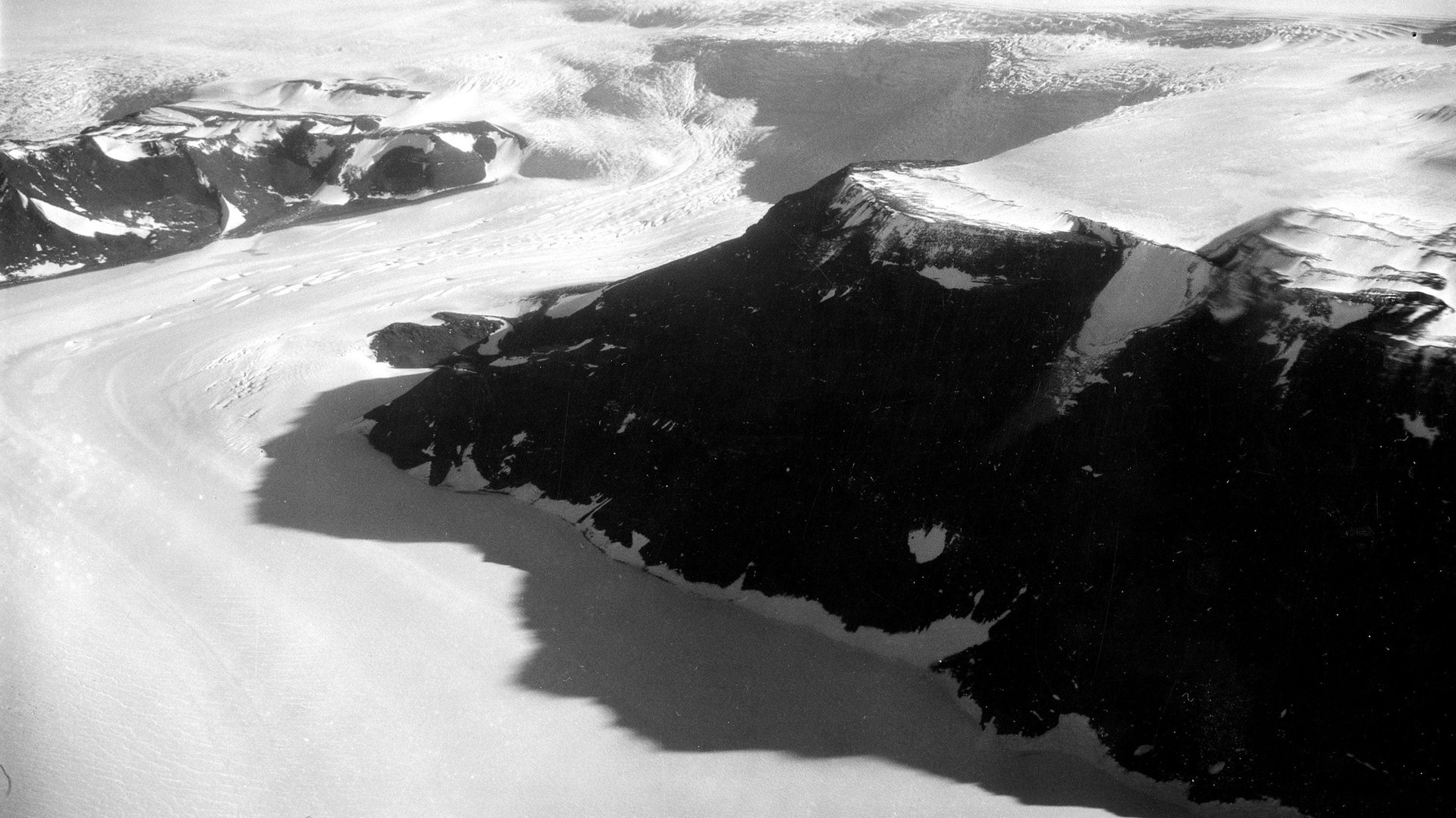An ice shelf in Antartica is making eerie noises
What started as a quest to watch the activity of the largest ice shelf in Antarctica turned into one to hear it instead.


What started as a quest to watch the activity of the largest ice shelf in Antarctica turned into one to hear it instead.
On Tuesday (Oct. 16), researchers led by a team at Colorado State University published a letter describing an accidental discovery (paywall) on the Ross Ice Shelf: while using sensitive seismometers to study the ground below the huge ice shelf (about the size of Spain), they found they could also pick up a sound frequency emitted by the snow as it vibrated due to wind and melting activity.
“We discovered that the shelf nearly continuously sings at frequencies of five or more cycles per second,” the researchers write (emphasis theirs). Although these frequencies are too low for humans to hear naturally, when the sounds are sped up, they sound like the warbly, ominous introduction of a monster in a horror movie.
The team originally placed 34 seismometers in the snow a few meters deep on the Ross Ice Shelf in 2014. Over the course of two years they picked up the low rumblings made by the movement of the shallow snow, called firn, that sits atop the ice. “It’s kind of like you’re blowing a flute, constantly, on the ice shelf,” Julien Chaput, a geophysicist now at the University of Texas-El Paso, said in a statement. Changes in the temperature and the creation or destruction of snow dunes on the surface from storms alter the frequency at which the snow vibrates, much like playing different notes on an instrument.
Toward the end of the two-year time period, the team noticed a drop in pitch of the sounds, corresponding with a warm spell, in which some of the snow melted. Afterward, the pitch remained lower, suggesting that damage from these warmer spells can be long-lasting. The team believes monitoring vibrations could provide a real-time look at ice-shelf activity to help predict if it’s on the verge of calving. Historically, scientists have had difficulty predicting when icebergs will break from their shelves.
“Melting of the firn is broadly considered one of the most important factors in the destabilization of an ice shelf, which then accelerates the streaming of ice into the ocean from abutting ice sheets,” Chaput told Earther. Monitoring the firn’s melt-rate acoustically could be a way to (literally) alarm scientists when the shelf may be becoming unstable.
Considering that if any of the major ice shelves of Antarctica were to melt, it would drastically raise global sea levels, perhaps the ominous tone of its vibrating snow is fitting.